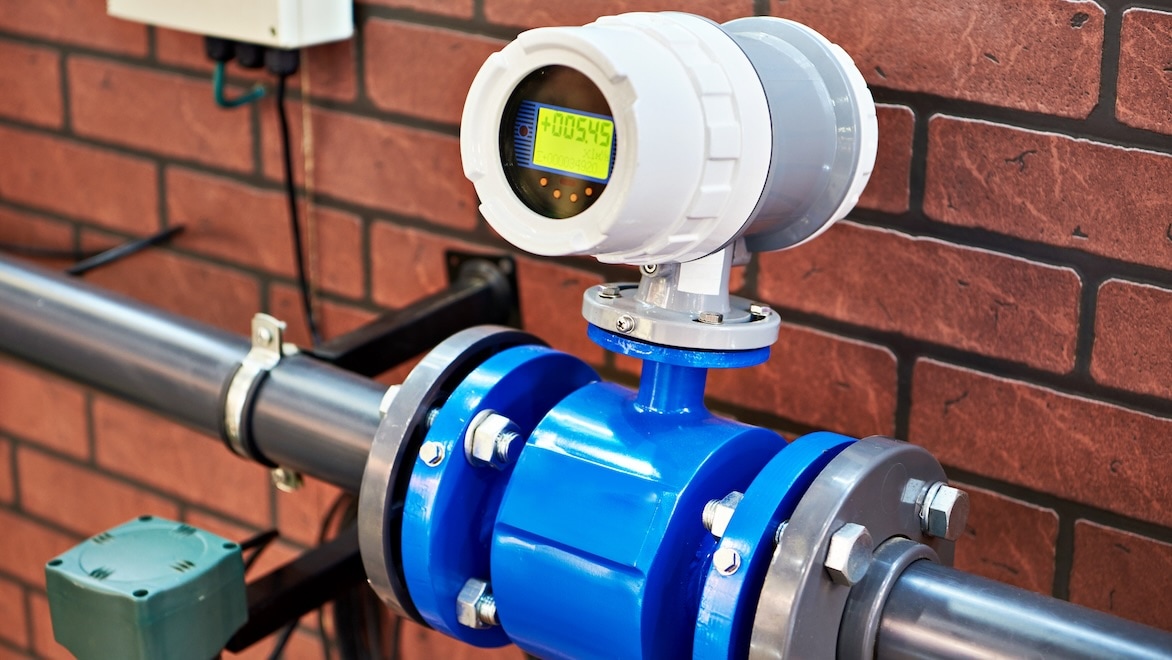& Construction

Integrated BIM tools, including Revit, AutoCAD, and Civil 3D
& Manufacturing

Professional CAD/CAM tools built on Inventor and AutoCAD
Digital twins are virtual representations of physical water system assets.
Digital twins for water utilities are virtual representations of physical water system assets that integrate data, models, and analytics to run simulations using hydraulic models, machine learning, and artificial intelligence.
Digital twins simulate asset performance in various conditions.
Digital twins work by integrating sensor data and hydraulic models of water and wastewater systems to simulate and predict performance under changing conditions, improving the management of facilities and water assets.
Digital twins for water utilities can help with decision making on many levels.
The type of data you put into your digital twin for water-based simulation will determine whether it’s best suited for long-term, short-term, or immediate decision making—or even all three.
By creating a virtual model of the system, you can take steps to predict the behavior of components within that system, and your infrastructure as a whole.
Cloud-based monitoring helps you keep track of what’s happening right now, while digital twin water simulations can give you the intel you need to plan ahead.
Monitor and analyze water assets with cloud-based monitoring.
Use water infrastructure digital twins to run simulations and analysis for asset repairs to reduce costs.
Manage procedures for faster resolution of operational incidents in water management.
Visualize network data to meet regulatory requirements for reporting.
Digital twins in the water industry are useful for many reasons, but it’s important to set priorities specific to your operation when creating one.
Begin by identifying what your goals are, and make sure they’re actionable.
Figure out what data and metrics you require to meet your goals, and how these can be put in place.
Once you understand these priorities, you can move forward with your implementation of a water digital twin. Your specialists and data scientists can better approach the task using software such as Autodesk Info360 Insight.
Digital twins are helping global firm Veolia Water Technologies improve flood modeling.
Many water utilities have a large amount of data about their operations and they don’t even know it, let alone have the capability to leverage it for decision making and planning. Well-planned digital twins for water utilities can bring all that data together from different sensors, teams, and reports into one central hub accessible by all who need it within the organization. Autodesk’s hydraulic modeling software will also help create powerful in-depth simulations so you can make decisions with actionable foresight.
SCOTTISH CANALS
Learn how a Glasgow government body used a digital twin to regulate water-storage capacity for flood mitigation.
SES TASMANIA
Discover how Tasmania State Emergency Service created a digital twin to model flood events and better prepare for emergencies.
TÜRKIYE TATUS
Autodesk InfoWorks ICM and ICM Live models provide early warnings about catastrophic flooding.
STANTEC
Learn how one New Zealand firm used Autodesk Info360 Insight to improve pump maintenance and service in its capital city of Wellington.
Networked IIoT sensors provide real-time data about water utility performance.
In an increasingly connected world, every piece of hardware can be a data point. The Industrial Internet of Things (IIoT)—the networking of sensors, actuators, and other components—means that data can be effortlessly brought into your water utility’s digital twin to create a computerized representation of the infrastructure and equipment. This real-time data, combined with powerful hydraulic modeling techniques, gives you the power to see what’s really going on across systems at all times, from wherever you are.
Learn more about digital twins for water utilities and how they can benefit workflows and projects with these resources from Autodesk.
Autodesk digital water solutions are helping teams manage the water systems of today while building the water infrastructure for tomorrow.
Read our e-book The six stages of treatment plant intelligence to learn what digitalized operations can do and how every plant can benefit.
Digital twins have broad use cases that integrate real-time data from a built asset with its digital representation to create value and insights across the project lifecycle.
Technology solutions can help improve the water resilience of infrastructure in response to floods, hurricanes, droughts, and other weather events caused by climate change.
This webinar outlines how water utilities can create impactful change by implementing digital twin technology.
Autodesk experts and customers prepare Australian water infrastructure for the 2032 Olympics with digital twin solutions for stormwater networks.
Water digitalization describes the use of digital technologies to improve water management and operations. It can help utilities become more resilient, innovative, efficient, and sustainable. This includes the use of technologies such as sensor and data analytics, artificial intelligence simulations, digital twins for water management, smart meters, and mobile apps.
Digital twins solve various problems for water industry professionals, such as:
Water digital twins can improve productivity by:
Other emerging technologies in the water utility sector that aid in the digital transformation include:
Some considerations when adopting digital twins in water utility management are:










